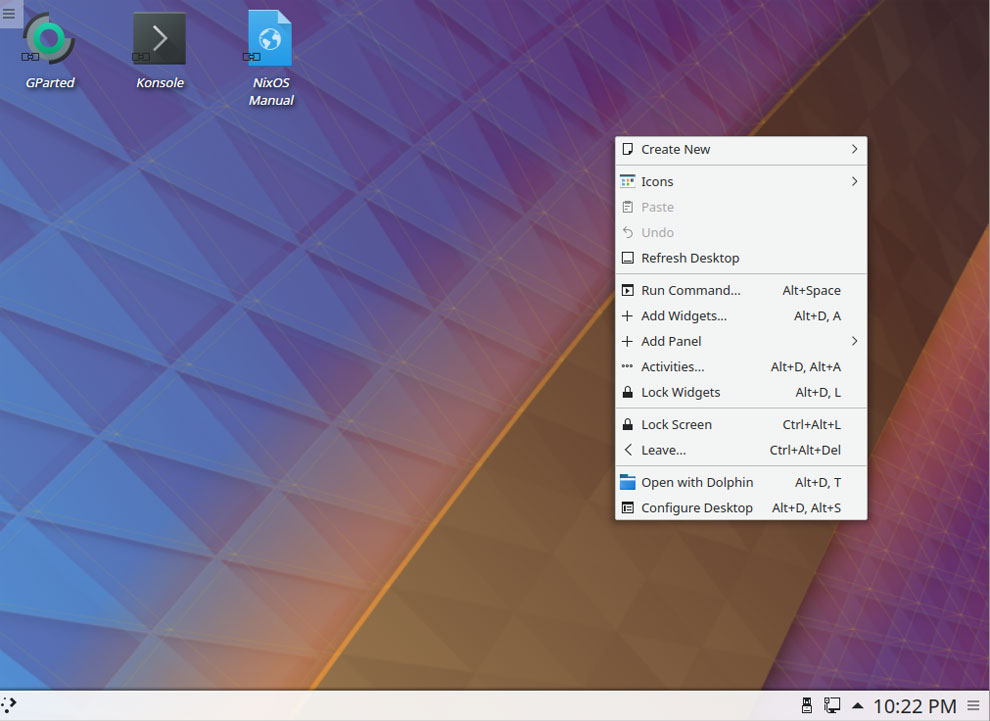Embracing the Command Line: A Contrarian View on Finding Files in Linux
As a long-time user of Linux, I have always found joy in the simplicity and efficiency of the command line. While many opt for GUI tools, I believe that the command line offers a level of control and precision that GUIs often lack. In this article, I will delve into the art of finding files in Linux from the command line, showcasing the power and flexibility it provides.
The Efficiency of the Command Line
While GUI tools may seem more user-friendly, they often lack the speed and accuracy of the command line. The find command, a staple in any Linux distribution, allows users to locate files with ease. By simply typing find -name FILE, users can quickly pinpoint the exact location of a file, regardless of their current directory.
Unveiling the Wildcard Trick
One of the lesser-known features of the find command is its support for wildcards. By using the * wildcard, users can search for files based on patterns rather than exact names. For example, find -name MyFile.* will reveal all instances of files starting with ‘MyFile’, providing a comprehensive view of the file system.
Overcoming Limitations with Quotes
A common pitfall when using wildcards is the limitation of the search scope. However, by enclosing the file name in quotes, users can ensure that the search continues beyond the first match. This simple trick enhances the efficiency of file searches and streamlines the workflow for Linux users.
Embracing the Command Line Culture
In a world dominated by GUI interfaces, the command line remains a symbol of power users and tech enthusiasts. By mastering the art of finding files in Linux through the command line, users can unlock a new level of productivity and control over their systems.
Conclusion
While GUI tools may offer convenience, the command line provides a level of precision and efficiency that is unmatched. By embracing the command line culture and exploring its capabilities, users can elevate their Linux experience to new heights.















